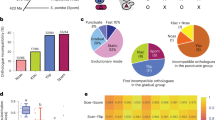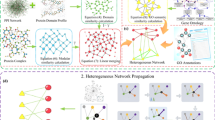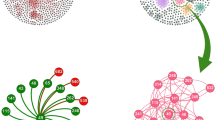Abstract
The Gene Ontology (GO) describes molecular functions, biological processes, and cellular components of gene products using controlled-vocabulary terms that are related to each other in a structure that facilitates computing on GO annotations within and across species. Experimentally-based GO annotations that are manually curated from the literature are often used to predict the functions of related uncharacterized proteins. The accuracy of such annotations is thus critically important, particularly for a well-studied model organism such as Saccharomyces cerevisiae which is frequently used as the source of the experimental data.Comparison of experimentally-based annotations with those predicted by computational methods for the same gene products may reveal inaccuracies in curation of the experimental data, and could additionally be used to evaluate and improve the computational methods. We will present the results of an analysis at SGD that identified four major reasons for discrepancies between the two kinds of annotation. Some discrepancies revealed cases in which human error led to errors or omissions in the manual curation, prompting prioritization for review and correction. In another category, the computational annotations were not supported or were refuted by the literature, thereby suggesting ways in which the accuracy of the prediction methods could be improved. Yet another type of discrepancy resulted from issues with the GO structure, such as missing parentage for certain terms, leading to reexamination and improvement of the ontology. Finally, some discrepancies arose because the computational predictions were entirely novel, and no relevant experimental evidence was available. These cases highlight potential interesting new avenues for experimentation.
Similar content being viewed by others
Article PDF
Author information
Authors and Affiliations
Corresponding author
Rights and permissions
About this article
Cite this article
Costanzo, M., Balakrishnan, R., Christie, K. et al. Comparison of computationally- and manually-assigned Gene Ontology annotations to improve functional characterization of gene products.. Nat Prec (2010). https://doi.org/10.1038/npre.2010.5095.1
Received:
Accepted:
Published:
DOI: https://doi.org/10.1038/npre.2010.5095.1



